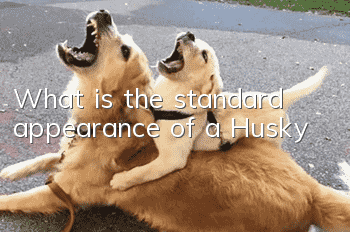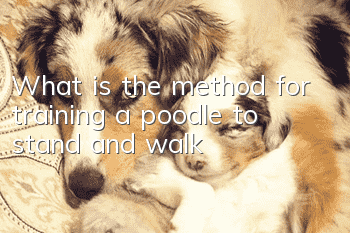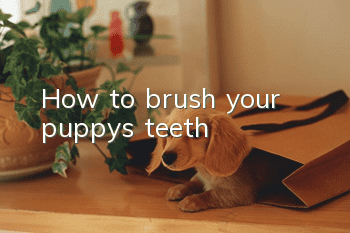What is the standard appearance of a Husky?

Height at withers: 53-60 cm for male dogs; 51-56 cm for female dogs.
Weight: 20-27 kg for male dogs; 16-23 kg for female dogs; height and weight should be in proportion, and the body (shoulders to tail base) should be slightly longer than shoulder height.
Head: Showed to be very keen but friendly, interested in everything, even naughty. The eyes are almond-shaped, moderately set apart and slightly slanted. Eye color can be brown, blue, or even different colors are acceptable. The head is of medium size and in proportion to the body. The top of the head is slightly rounded, gradually becoming straighter from the widest point toward the eyes.
Ears: medium in size, triangular in shape, standing erect on the top of the head. The ears should be thick and hairy, arched at the back, and strongly erect, and the tips of the ears should be obtuse.
Muzzle: The distance from the stop (the turning point of the bridge of the nose between the eyes) to the tip of the nose (muzzle) must be equal to the distance from the stop to the occiput. Moderately wide, tapering gradually toward the nose, neither completely square nor pointed.
Nose: The gray fur color is a black nose, the red fur color is a liver-colored nose, and the white fur color is a flesh-colored nose. Snow nose is acceptable.
Teeth: Very strong, with a fried bite, with the lower teeth set back but in contact with the inner edges of the upper teeth. Horizontal incisors are allowed but not preferred. Poor engagement or blown teeth above and below are serious mistakes. It is best if the dentition is complete, and the most important fault is the lack of molars or small molars.
Neck: Medium long, standing upright with head and chest raised, shoulders strong and with a moderate neck arch. When trotting, the neck carries the head forward.
Chest: Deep and strong, but not too wide. The deepest part of the chest is almost to the elbow joint. The ribs protrude from the spine and are flattened on the sides, allowing him to move freely.
Back: The topline is straight and strong from the shoulders to the arms, of medium length, and not loose or excessively long.
Waist: It needs to be strong, narrower than the ribs, and slightly tucked upward. Arms: Angle from spine, not right angle.
Tail: The tail is brush-shaped, like a fox's tail, and is located a little below the topline. When the dog is focused, the tail falls back into an elegant sickle shape. When the tail is raised, it should not be curled on either side of the body or on the back. When resting, it is in the shape of a mop, and the hair on the tail is of medium length. It is the same length at the root, middle and tail, and looks like a round brush.
Shoulders: The shoulders have a good slope. The upper arms slope from the shoulder position to the elbow, and they must not be perpendicular to the ground. Muscles and ligaments tightly wrap the shoulders and sternum, allowing them to develop well.
Forelimbs: When standing and looking forward, the legs must be parallel and of appropriate width, standing straight. The elbows rely solely on the body and must not be splayed outward or inward. Viewed from the side, the foot joints are slightly tilted, strong and elastic. Bone mass is important but it should not be too thick. The height from your elbow to the ground should be approximately more than the distance from your elbow to your shoulder. Dewclaws can be removed.
Hind drive: When the dog is standing and viewed from behind, the hind legs are parallel and appropriately spaced apart. The upper leg muscles are well developed and powerful, and ideal and balanced propulsion and traction are achieved through the angles of the back knee joint and ankle joint. A good angle should form a clear bend between the knee joint and hock joint; a good arc should be reflected in the length of the upper and lower legs, and the hock joint should be short and low.
- What should beagles eat?
- What is the difference between Saint Bernard and Bernese Mountain?
- How to bathe a pet dog
- What are the advantages and disadvantages of greyhound dogs
- What is the personality of the Dogo dog?
- What to look out for when buying a Husky puppy
- What can’t huskies eat?
- How to raise a puppy just after it’s born
- How to raise a Pomeranian puppy
- How to bathe your pet dog



